A Journey Through Traditional Croatian Flavors
Discover the Rich Culinary Culture of Croatia: A Journey Through Traditional Flavors
Croatia, with its picturesque landscapes and rich history, offers an extraordinary culinary experience that is sure to delight every food lover. From the bustling coastal towns to the rustic inland villages, Croatian cuisine reflects a blend of Mediterranean and Central European influences, creating a unique and mouthwatering array of dishes.
This blog will take you on a flavorful journey through Croatia’s culinary traditions, exploring the national dishes, iconic food items, and the essence of Croatian food culture.
What Are the Traditional Foods in Croatia?

Croatian cuisine varies from region to region, influenced by the country’s diverse geography and history. Traditional Croatian food combines fresh, local ingredients with time-honored recipes. Here are some of the most beloved dishes that define Croatian food culture:
-
Pasticada: A slow-cooked beef stew, marinated in red wine and vinegar, and served with gnocchi or mashed potatoes. This dish is particularly popular in Dalmatia.
-
Sarma: Cabbage rolls stuffed with minced meat and rice, simmered in a flavorful tomato sauce. It’s a staple in many Croatian households.
-
Ćevapčići: Grilled minced meat sausages, typically served with flatbread, onions, and a side of ajvar (pepper-based relish).
-
Istrian Truffle Dishes: In the Istrian region, truffles are a luxury ingredient. They feature in pasta, risottos, and even scrambled eggs.
-
Peka: A traditional Croatian dish made of meat (usually lamb, veal, or octopus) and vegetables slow-cooked under a bell-shaped lid (peka), giving the food a smoky, tender flavor.
What is the National Food of Croatia?
While Croatian cuisine is rich and diverse, Pasticada is often considered one of the country's national dishes. This hearty beef stew, slow-cooked with wine, vinegar, and aromatic spices, epitomizes the flavors of Dalmatian cooking. It's a dish that represents the warmth and hospitality of Croatian culture and is served during festive occasions and family gatherings.
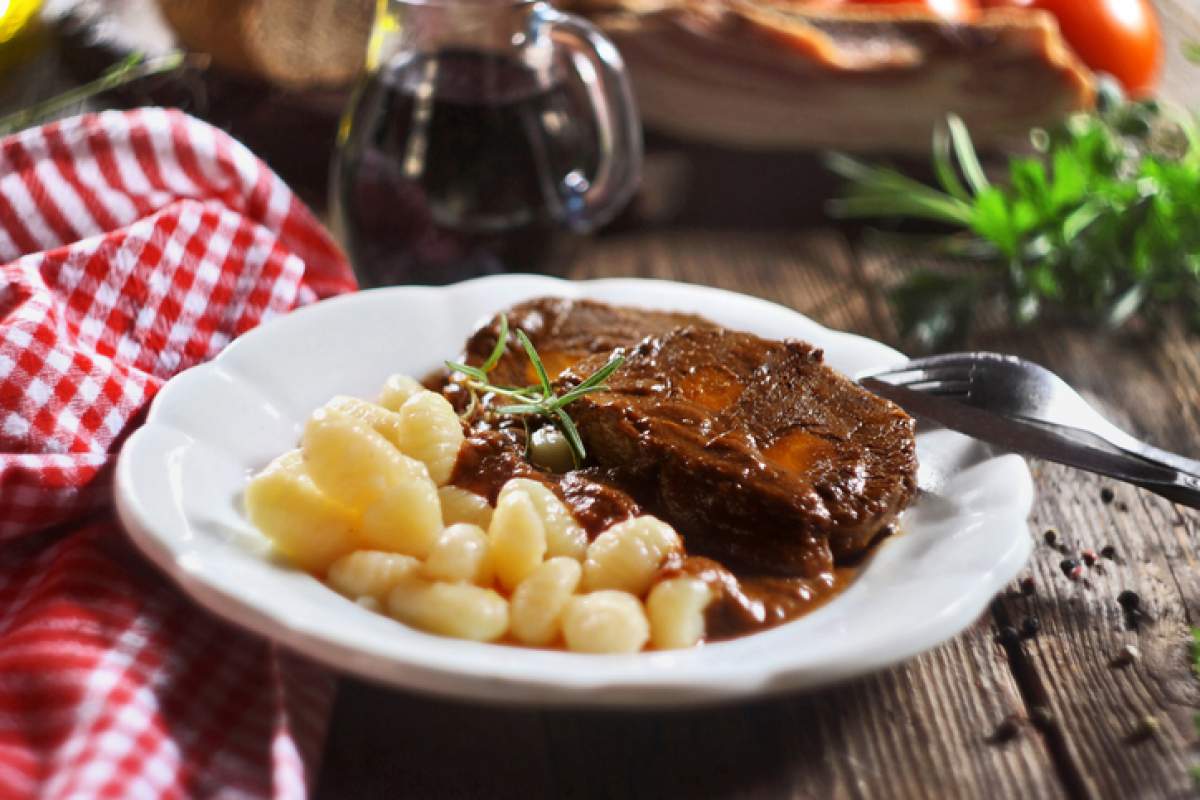
What Food Represents Croatia?
When thinking of foods that represent Croatia, one cannot overlook seafood from the Adriatic coast. Fresh fish, shellfish, and octopus feature heavily in Croatian cuisine. The coastal towns of Dubrovnik, Split, and Zadar offer some of the freshest seafood dishes, such as grilled fish and black risotto made with cuttlefish ink.
Additionally, olive oil plays a crucial role in Croatian cooking, especially in the Mediterranean regions. Croatia is home to some of the best olive oil in the world, with Istria being renowned for its high-quality production.
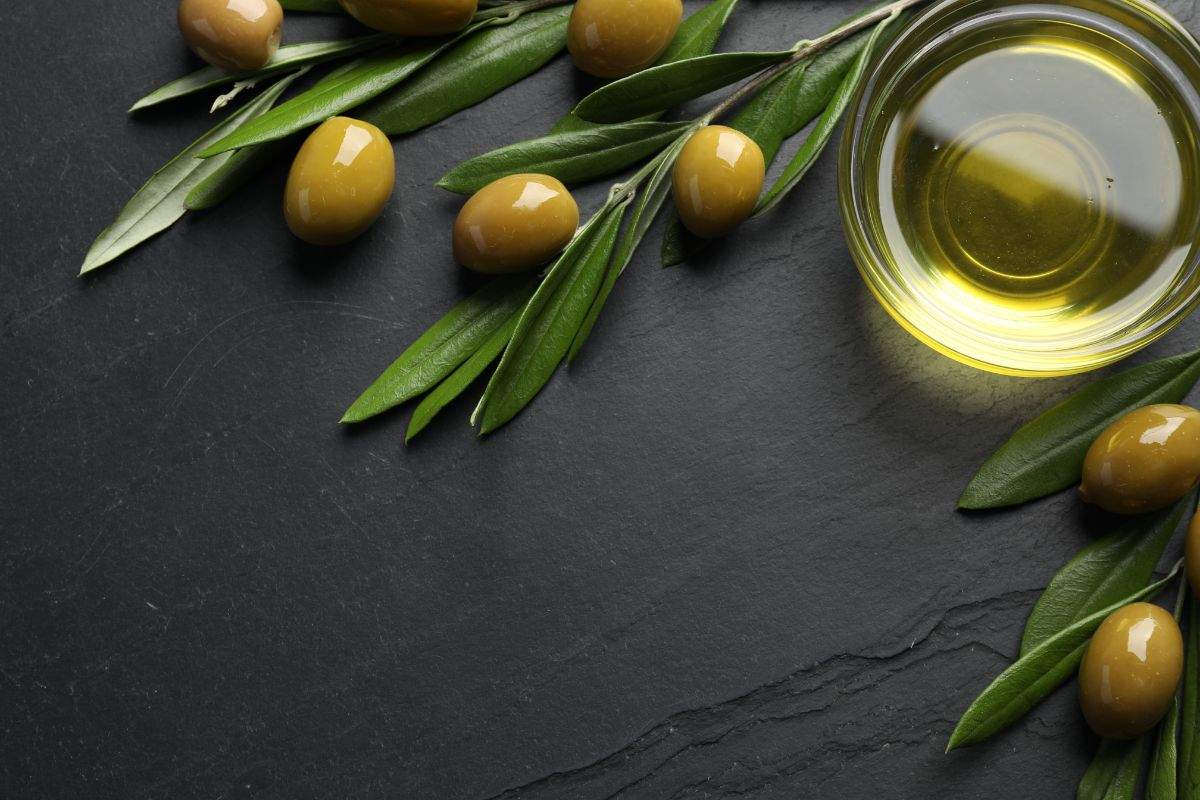
What is Croatian Culture Known For in Terms of Food?
Croatian culture is known for its celebration of local, seasonal ingredients and the art of slow-cooking. Food plays a vital role in Croatian hospitality, and meals are often enjoyed with family and friends. Croatian food culture emphasizes communal dining, where dishes are shared and savored slowly, reflecting the country’s relaxed pace of life.
The use of fresh, local produce, grilled meats, and seafood is central to Croatian dining. Wine and rakija (a traditional brandy) are also staples of Croatian culture, with each region boasting its own varieties of these beverages.
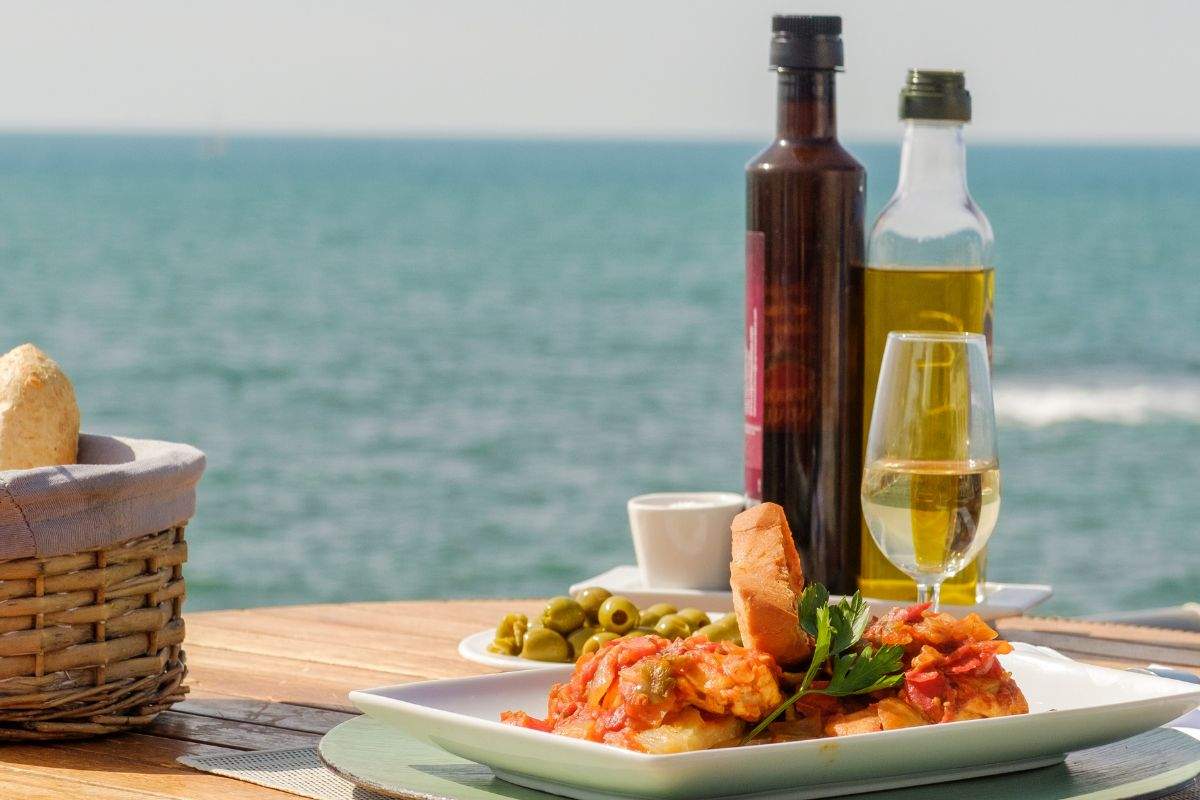
What is the Most Popular Food in Croatia?
Croatia offers a range of beloved dishes, but one of the most popular and universally enjoyed foods is Ćevapčići. These small, flavorful sausages are grilled and served with flatbread, onions, and a side of ajvar. Whether enjoyed at a local tavern or as part of a barbecue, ćevapčići are a Croatian favorite.
Another immensely popular dish is Peka, a slow-cooked feast that brings together meat, vegetables, and herbs under a bell-shaped lid, resulting in a rich, savory dish that’s perfect for gatherings.
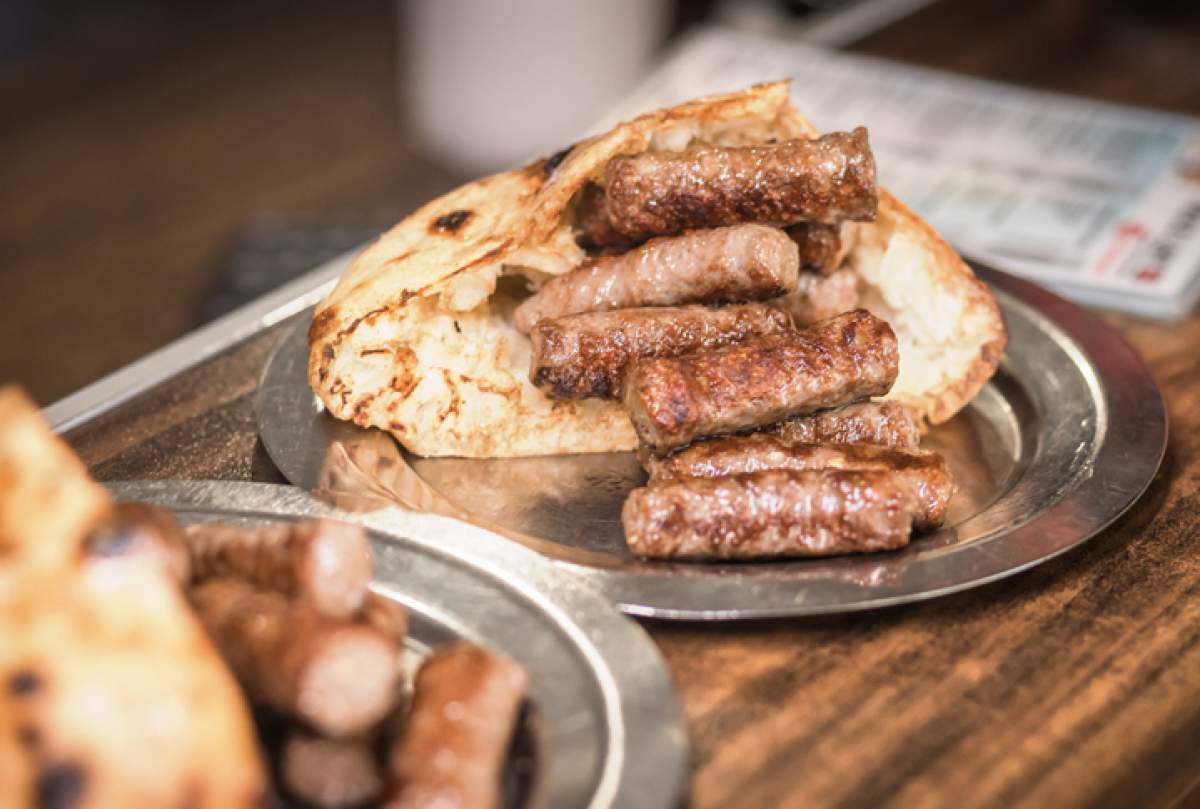
Is Croatian Food Similar to Italian?
There are certainly similarities between Croatian and Italian food, particularly in coastal regions like Istria, where Italian influence is strong. Both cuisines emphasize fresh seafood, pasta, and olive oil. However, Croatian food has its own distinct identity, often using heartier ingredients like pork, beef, and lamb in addition to seafood.
The use of smoked meats, vinegar, and spices sets Croatian cuisine apart from its Italian counterpart, with dishes like Pasticada and Sarma showcasing bold flavors not commonly found in Italy.
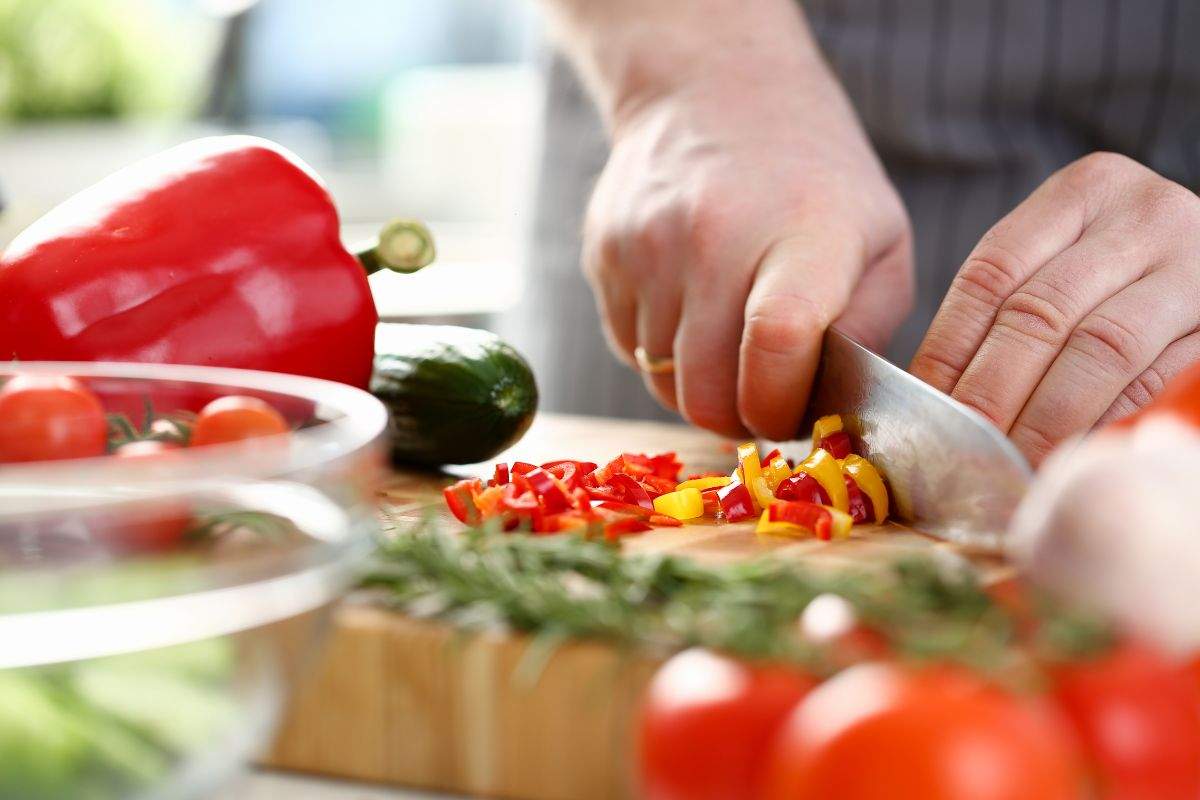
A Glimpse into Croatian Kitchens
Croatian food recipes are a celebration of the country’s diverse regions. Here are a few iconic dishes to try:
-
Grilled Fish (Riba na gradele): A simple yet flavorful dish, often prepared with olive oil, garlic, and herbs.
-
Istrian Fuži with Truffles: A type of pasta, typically served with truffle sauce and grated cheese.
Unleash your culinary skills – create this dish yourself: Recipe here! -
Pag Cheese (Paški Sir): A hard, salty cheese made from sheep’s milk, often served with olives and wine.
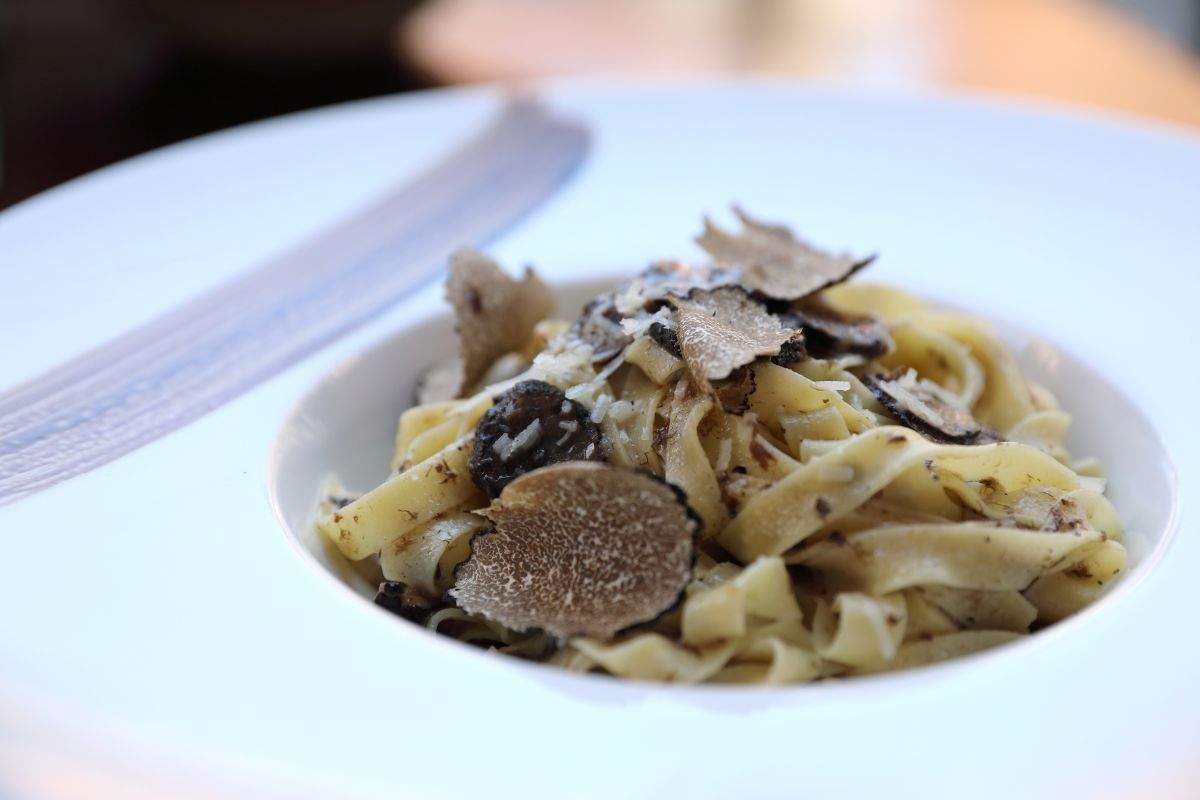
Conclusion: A Culinary Destination Worth Exploring
Croatia’s rich and diverse food culture is an essential part of the country's identity. From traditional stews to fresh seafood, from bold meats to luxurious truffles, Croatian cuisine offers something for every palate. Whether you're visiting the Dalmatian coast or the rolling hills of Istria, the food of Croatia is a delightful journey that will leave you craving more.
Plan your next trip to Croatia and immerse yourself in its culinary traditions – it’s a flavor-packed adventure you won’t soon forget!












